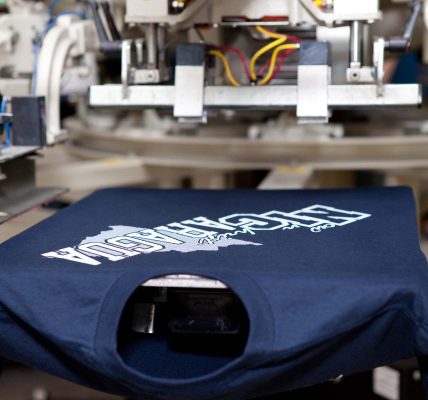Attesting documents for the Ministry of Foreign Affairs (MOFA) is a critical step for those who need to use their official documents abroad, whether for study, work, or other legal purposes. This article provides comprehensive guidance on how to prepare documents for MOFA attestation, ensuring a smooth and error-free process.
Understanding MOFA Attestation
MOFA attestation is the process by which the Ministry of Foreign Affairs in your country authenticates a document so that it can be legally recognized in a foreign country. This process is essential for various purposes, including international business transactions, marriage abroad, education, and immigration.
Types of Documents That Require Attestation
The types of documents requiring MOFA attestation include educational certificates, marriage certificates, birth certificates, business documents, and legal papers. Each type of document may have a slightly different process depending on its nature and the requirements of the destination country.
Step 1: Gather and Prepare Your Documents
The first step in preparing for MOFA attestation is to gather all the documents that need to be attested. Ensure that each document is complete and free from errors. For educational documents, this might mean your degree certificate, transcripts, and other relevant qualifications. For personal documents like birth or marriage certificates, ensure they are the officially issued copies.
Step 2: Notarization
Before a document can be attested by MOFA, it often needs to be notarized by a local notary public. This serves as a preliminary verification step to confirm the authenticity of the document. Make sure that the notary stamps and signs the documents clearly.
Step 3: Authentication by Relevant Authorities
Depending on your document’s origin and type, it may require authentication by various bodies before MOFA attestation. For instance, educational documents might need verification from the Ministry of Education or the institution from which you graduated. Similarly, business documents may require authentication from the Chamber of Commerce.
Step 4: Translation
If your document is not in the official language of the country where you intend to use it, you will need to get it professionally translated. Ensure that the translation is accurate and complete, and have it certified by a professional translator.
Step 5: Visit MOFA or Its Delegated Authority
Once your documents are notarized, authenticated, and translated (if necessary), you need to submit them to MOFA or one of its delegated authorities. In some countries, this can be done through various regional offices, while in others, it might require a visit to a central office.
Best Practices for MOFA Attestation
- Check Requirements in Advance: Different countries and different types of documents might have specific requirements. Always check these in advance to avoid any surprises.
- Use Professional Services: Consider using professional attestation services if the process seems daunting. They can handle most of the procedural complexities for a fee.
- Maintain Copies: Always keep copies of your original documents and any translations or certifications. This can be helpful if your documents are lost or misplaced.
- Early Preparation: Start the attestation process well in advance of when you need the documents. The process can take longer than expected, especially if corrections are needed.
- Stay Informed: Stay updated about any changes in the attestation process. Government procedures can change, and being aware of these changes can help avoid delays.
Conclusion
MOFA attestation is a vital process for the legal recognition of documents abroad. By understanding the steps involved and following best practices, you can ensure that your documents are attested correctly and efficiently. Always plan ahead and consider seeking professional help if you find the process overwhelming. With the right preparation, you can navigate the MOFA attestation process with confidence and ease.





